In the wake of a devastating landslide in Fukui Prefecture in Japan, an innovative temporary bridge was constructed to counteract the implications on transportation and connectivity. A natural disaster such as a landslide can have an immediate and lasting impact on a community’s infrastructure. The Fukui Prefecture landslide, which occurred in 2021, caused significant disruptions to the transportation networks, hampering emergency relief.
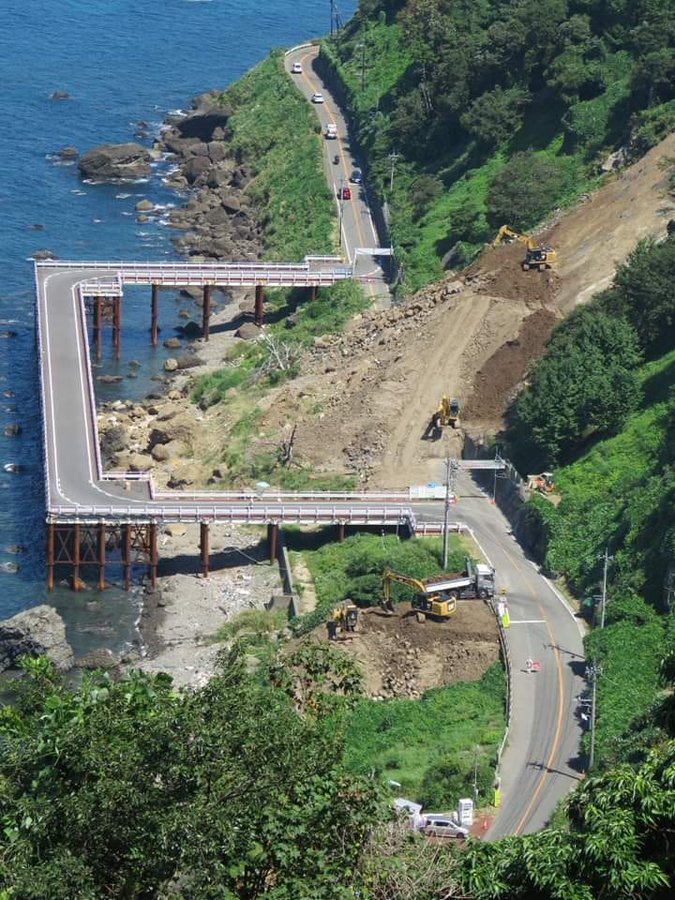
In response, Japanese engineers swiftly led the development and construction of a temporary bridge. This construction was essential not only to connect severed transport routes but also to assure regular daily commuting for the local residents and prompt delivery of emergency relief and supplies.
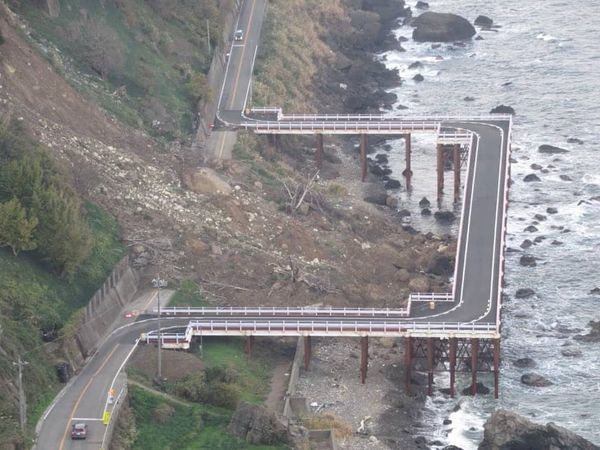
The temporary bridge was built using a combination of contemporary engineering approaches and traditional Japanese building techniques. This allowed for the rapid construction of the bridge and ensured that the infrastructure was robust and secure. Engineers ensured the adaptability of the bridge to fulfill its temporary purposes yet guaranteed safety and reliability.
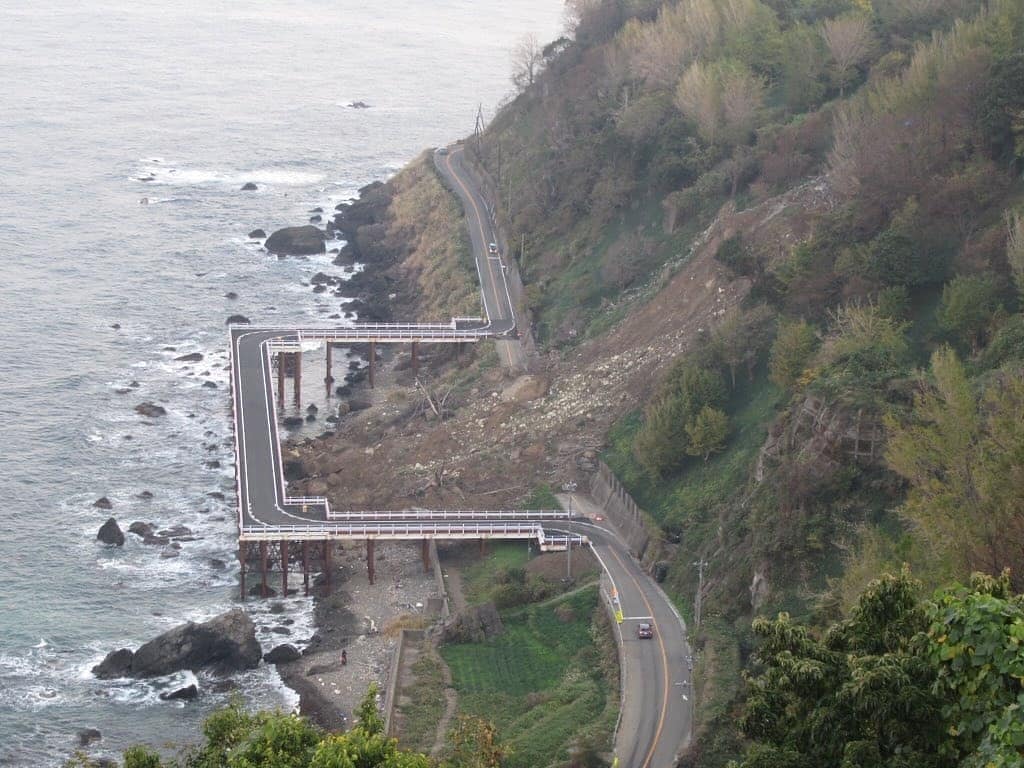
Moreover, the temporary bridge’s construction played a vital role in bolstering the region’s economy that had suffered significantly due to the landslide. The reconstruction project directly stimulated local employment and encouraged the return of normalcy to the community.
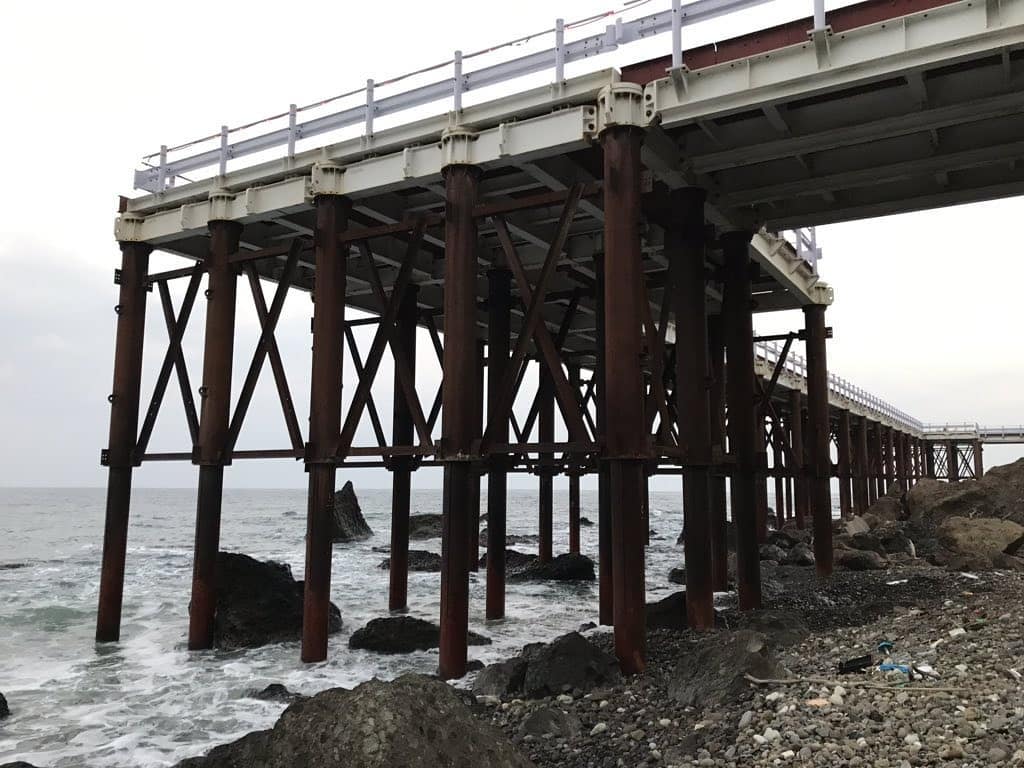
The bridge, standing as a symbol of resilience and determination of the people of Fukui, has been recognized as a demonstration of strategic disaster management. It highlights the importance of swift, well-planned, and executed infrastructure repair in response to natural disasters.
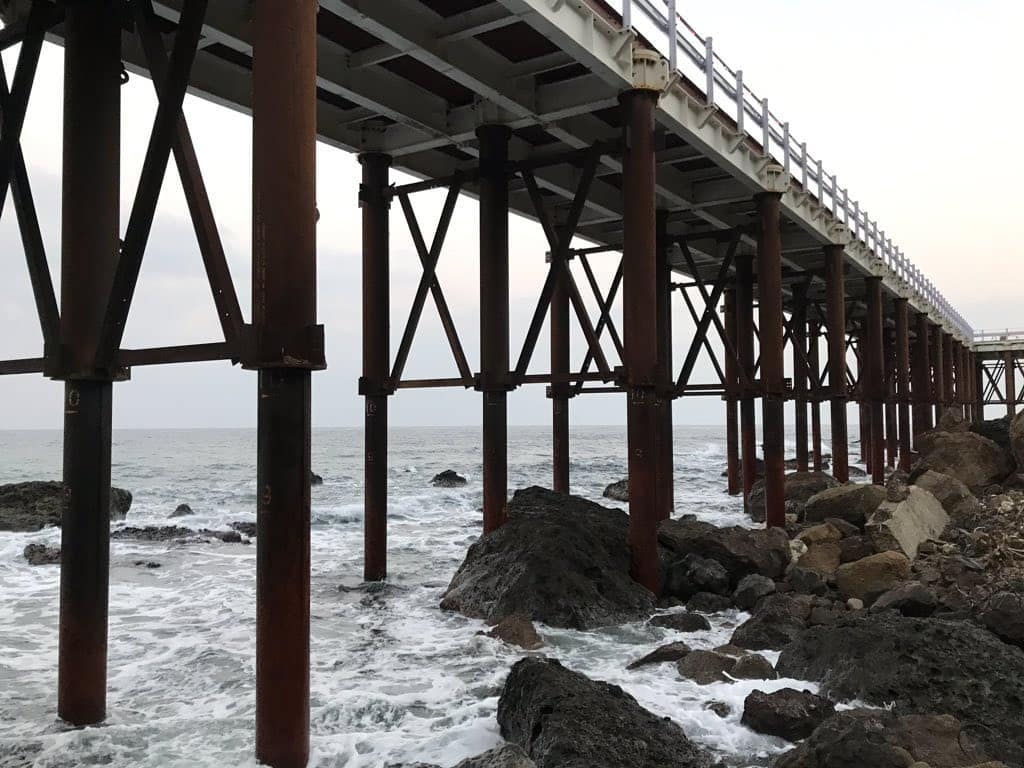
While the bridge is a temporary solution, plans for a permanent replacement are underway with consideration of the site’s geological vulnerability. The successful implementation of the temporary bridge is an invaluable experience expected to influence future robust and resilient infrastructure development strategies in Japan and beyond.
In a world where the incidence of natural disasters is on the rise, this efficient response in Fukui Prefecture reinforces the importance of proactive disaster management strategies involving resilient infrastructure. The lessons from Fukui can be used as practical insights for other regions of the world prone to similar disasters.
The successful construction of the temporary bridge in Fukui Prefecture stands as an emblem of resilience against natural disasters, reflecting Japan’s commendable disaster management and mitigation strategies. The experience has expanded the country’s knowledge and proficiency in handling operations that arise from such situations and provides lessons globally.

